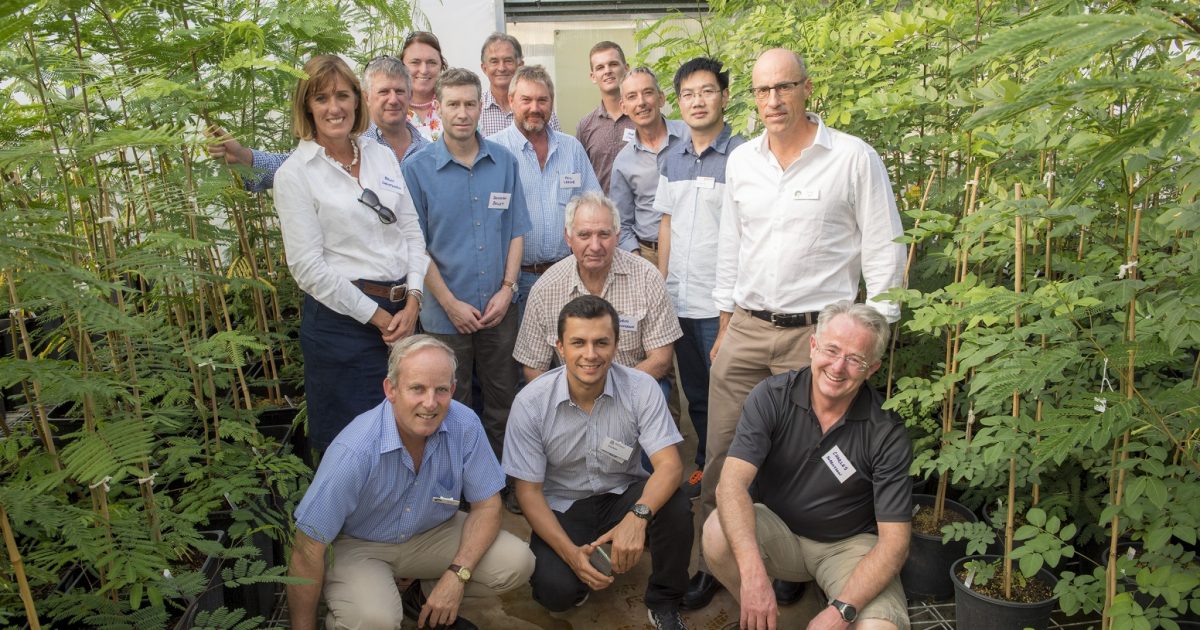A group of international researchers has thrown its support behind WA scientists in their quest to develop a high value feed for the State’s northern cattle industry.
The researchers have shared their experience to support the Department of Primary Industries and Regional Development’s feasibility studies to breed a seedless (sterile) leucaena variety as a valuable forage plant with a significantly reduced weed risk.
Department senior research officer Daniel Real said the project was laying the groundwork to develop a commercial variety that could advance WA’s northern beef industry.
“Leucaena has proven to be highly-nutritious cattle feed in Queensland and Central America, where it originated,” Dr Real said. “However, it is not approved for use on pastoral leasehold land in Western Australia due to its risk of becoming a weed.
“For this reason, it is also prohibited from being grown in other parts of the world, such as parts of Hawaii and cleared lands in the Amazonian regions of Peru, Colombia and Brazil.”
Colombia researcher Mauricio Sotelo, of the International Centre of Tropical Agriculture, is watching the project with interest after taking part in a two-day workshop in Perth in December.
Dr Sotelo was enthused about the potential development of a sterile forage leucaena variety which could have economic and environmental benefits.
“Leucaena without seeds would be a game-changer in Colombia because it could allow the tropical forests where leucaena is prohibited to be cultivated, making deforested lands productive again, mitigating the pressure on the forest and improving conditions for livestock,” he said.
Professor Donovan Bailey from New Mexico State University, and Dr Charles Sorensson, formerly of the University of Hawaii, have shared their expertise regarding artificial hybridisation of leucaenas, molecular support for breeding and species that may be appropriate in the breeding program.
According to Dr Sorensson, the goal of developing a seedless leucaena is most likely to be achieved in Western Australia because of a seamless combination of need, scientific knowledge and capital.
“If Australia cracks the nut, it will have ramifications across the globe,” Dr Sorensson said.
Department senior researcher Clinton Revell said it was extremely valuable to hear from national and international scientists and industry to guide the project.
“The input of Western Australian and Queensland cattle industries, leucaena breeders, forage scientists and tropical agriculture researchers has been critical for developing our breeding objectives and looking at issues relating to variety commercialisation and adoption,” Dr Revell said.
“We have also been able to gain access to plant germplasm, molecular breeding technologies and research collaboration.”
The feasibility study is exploring several strategies to breed a sterile leucaena by applying novel breeding and molecular technologies. Given the time scale of plant breeding programs, a commercial product is not anticipated until well into the next decade.
It is currently focused on sourcing seed for a large range of leucaena species and preparing field sites in the northern rangelands for the establishment of leucaena adaptation studies.
The sterile leucaena project is jointly funded by the WA Government, MLA Donor Company and the University of QLD.


